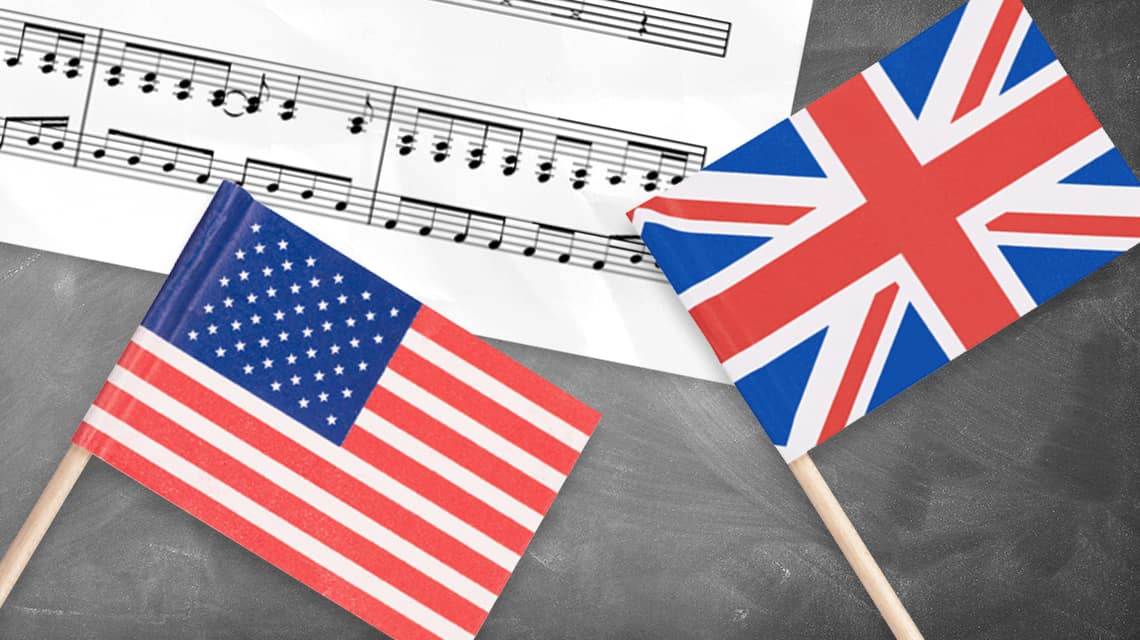Great importance in the development of prof. music traditions had the activity of him. so-called. Pietist Protestants and the Moravian Brethren (followers of the ideas of J. Hus), who founded the settlements of Ephrata, Litits, Nazareth, Salem, and also Bethlehem (near Philadelphia). In the life of these settlements, cult music (hymns, psalms and enzems) played a special role: organs were built, the “Collegium musicum” was created (the first in Bethlehem – in 1744), which included a choir. and instr. ensembles (the secular works of the largest European composers were also performed), a special was introduced (for the first time in the United States). music education. Many of the members of the religious communities combined their activities with musical creativity – K. Beissel (Efrat), I. Denk, J. Peter, D. M. Michael (Bethlehem), and others. In 1769, Spanish. Franciscan friars founded several in California. Catholic missions, in the life of which music played an important role (the masses of the priest Duran have been preserved).

By the 18th century, as immigrants from different countries of Europe settled, centers of decomp. nat. music cultures (the settlements themselves were built in accordance with national traditions): California and others. the states that bordered Mexico became areas of focus for the Spanish. culture, Carolina – French, Louisiana – Spanish-French, Pennsylvania – German and English, etc. Europe. musicians who continued to move to the United States (chiefly from England), introduced new secular tendencies characteristic of English. music of the 18th century (theater performances with music, home music making). All this, as well as the growth of cities, contributed to the development of secular muses. life. Its centers stood out – Boston (on December 30, 1731, the first paid amateur concert in the USA was held here in a private house), Williamsburg, Philadelphia, and also New York (the first public concert was held here in 1736 – a performance by organist K. T. Pachelbel) , Charleston, Baltimore, etc.
English became popular. ballad opera.
The first such opera (“Flora, or Hook in the Well”) post. at Charleston in 1735; later there were English operas. comp. M. and T. Arnov, C. Dibdina, S. Storeys, and others. In 1750, Philadelphia actors staged The Beggar’s Opera by J. Gay and J. Pepush in New York. English W. Hollem’s opera troupe, which played in Williamsburg in 1752 and then settled in New York, became known as Amer. company. In 1792, the Englishmen T. Wignell and A. Reinagle created the so-called Philadelphia. new company; her performances were held in the premises of the t-ra on the street. Chestnut (here in 1808 post. J. Bray’s opera “The Indian Princess, or the Beautiful Savage”). Amateur music. meetings and performances have spread in all means. Amer. cities (with the exception of Boston, where at that time, for moral and religious reasons, theater performances were not allowed).
In the 2nd floor. 18 – beg. 19th centuries ch. role in music life of the country continued to play prof. European immigrant musicians theater leaders. troupe, church organists, music teachers (there were also concert performers among them), while the Native Americans remained “noble amateurs” (“genteel amateur”, as defined by the American music historian G. Chase). Enlightened Americans, however, sought to get a good education, including music. There are well-known statements about music by T. Jefferson and B. Franklin, contained in a number of their works; Franklin also owns a number of inventions in the field of music (improvement of the glass harmonica, etc.); music was popular. op. F. Hopkinson (music-drama production “Temple of Minerva”, 1781; piano plays, patriotic songs).

The appearance of his patriotic songs, as well as revolutionary. songs and marches of other Amer. the atmosphere of the upsurge caused by the War of Independence of 1775-83 contributed to the authors (in the USA, the songs Yankee Doodle, The Stars and Stripes Flag, Hail Columbia, etc. have retained their popularity to this day). Music has become an important part of American daily life; home music-making (household music) received special development, with which the distribution of keyboards and other music is associated. tools; widely accessible collections of popular Op.
The concerts of that time were of a salon nature and consisted of Ch. arr. from alternating wok. and instr. numbers (ballads, marches, dances).
Of the dances, the hornpipe, reel, strespey (of the Anglo-Celtic tradition), gavotte, minuet, cotillon, country dance and square dance (French and mixed Anglo-French origin) were common; later the waltz became popular. Pure instr. music in the North. America of the colonial period appeared little – Ch. arr. prod. G. F. Handel, J. Haydn, W. A. Mozart, L. Beethoven, K. M. Weber; from Op. Amer. authors – only overtures and suites by B. Kappa, J. Hewitt, J. Geo.
